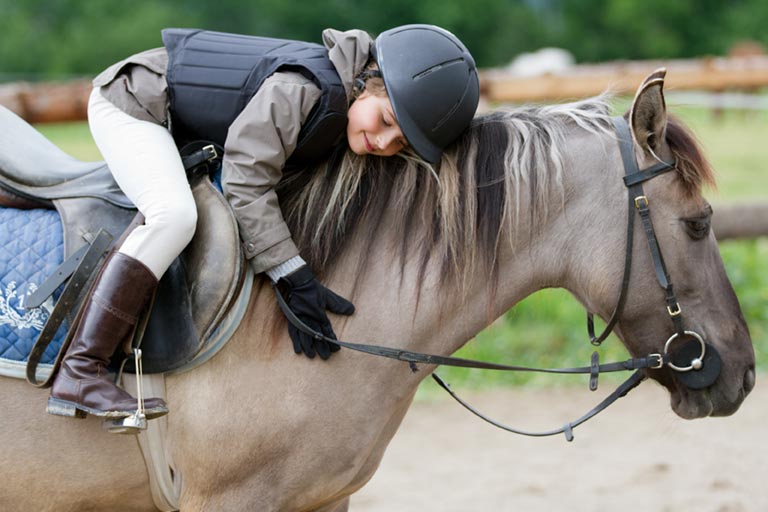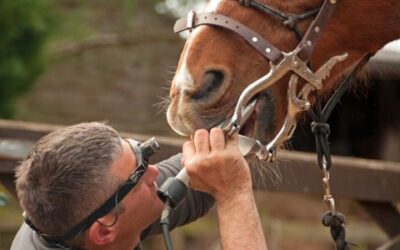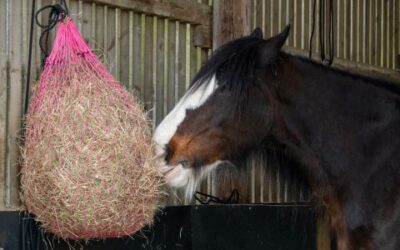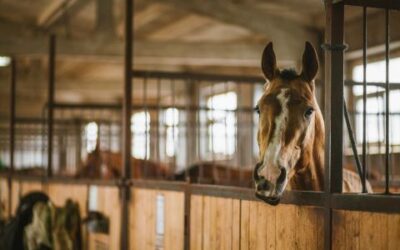 The team at Lucerne Farms enjoyed hearing the reader response to our post about spinal manipulation last month. Interest in the spine as a focal point of equine wellness is no surprise: the horse’s spine is truly unique, functionally and evolutionarily. For starters, the horse’s spine is relatively inflexible and readily carries hundreds of pounds. It also requires careful, consistent monitoring to in ensure its fitness. While restriction, soreness, and tension can occur after a fall or as the result of poor healing following injury, back and neck problems can be caused by everything from immobility to an ill-fitting saddle. Performance horses are particularly susceptible, with many experiencing some sort of spinal arthritis even by the age of two. As owners, tuning into our horse’s spinal health is our duty — not just during exercise, but afterwards.
The team at Lucerne Farms enjoyed hearing the reader response to our post about spinal manipulation last month. Interest in the spine as a focal point of equine wellness is no surprise: the horse’s spine is truly unique, functionally and evolutionarily. For starters, the horse’s spine is relatively inflexible and readily carries hundreds of pounds. It also requires careful, consistent monitoring to in ensure its fitness. While restriction, soreness, and tension can occur after a fall or as the result of poor healing following injury, back and neck problems can be caused by everything from immobility to an ill-fitting saddle. Performance horses are particularly susceptible, with many experiencing some sort of spinal arthritis even by the age of two. As owners, tuning into our horse’s spinal health is our duty — not just during exercise, but afterwards.
An Ounce of Prevention
“A horse living on stall rest might as well be a human with a desk job,” Dr. Caitlin Daly, veterinarian and owner of Mid Coast Equine in Waldoboro, Maine told Lucerne Farms. As with humans, movement is key, with consistent daily turnout serving as evergreen advice. In addition, allowing 10 – 15 minutes of walking time prior to activity to increase elasticity of their tendons and ligaments, as well as warm up for the heart and lungs, is a simple rule of thumb when it comes to prevention. Daly also recommends ground poles and cavalettis to exercise, and hydrotherapy — all excellent for developing a horse’s abdominal strength, which can contribute to a strong, supple back. “The best way to prevent issues with mobility is to be mobile,” she said.
Signs of Spinal Restrictions in Horses
Some horses appear to perform well even despite pain, while a more sensitive horse may dislike palpating along the back, for example, but not necessarily have pain. This can make qualifying pain difficult. Knowing your horse is essential — listen, observe, and take action when things don’t seem quite right. Here are some signs to look for.
Behavioral Changes
Your horse is communicating with you — recognizing behavioral changes can be the first sign that your horse is having discomfort that can indicate restrictions. Look for:
- Sticking tongue out
- Avoiding bit contact
- Wringing tail
- Fidgeting while grooming
- Nipping or kicking while having the girth tightened
- Misbehavior under the saddle
- Bucking when mounting
Performance Issues
While some horses work through pain, most will show some signs of compromised performance, such as:
- Decreased energy
- Awkward gait transitions
- Not picking up canter lead
- Change or decrease in performance
- Change in attitude, refusal to jump, for example
- Hard on one rein
- Difficulty with one lead, always landing on the same lead after a jump
- Shortened stride
- Resistance to laterally bend
- Resistance to collect
- Bucking, especially in gait changes like trot to canter
Other Observations
Observing your horse to detect physical changes is an important way to monitor them for issues. Watch for:
- Stiffness or stiff to one side
- Muscle atrophy
- Difficulty flexing at the poll
- Lameness
- Girthiness
- Poor muscle development
- Asymmetrical sweat pattern
- Dragging toes
As an owner, attentiveness to your horse’s spinal wellness will keep both of you out on the trail. Discuss monitoring techniques with your veterinarian — they can help owners develop a stretching regimen to aid with known or previous injuries and develop a treatment plan for those dealing with restrictive issues.




